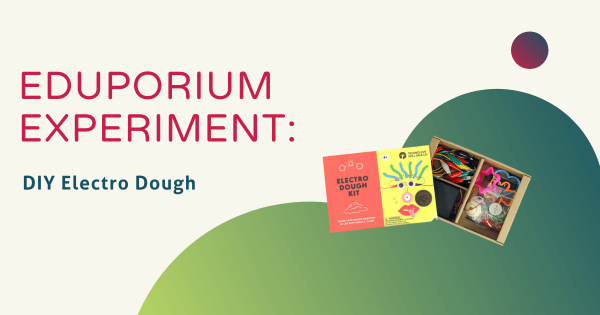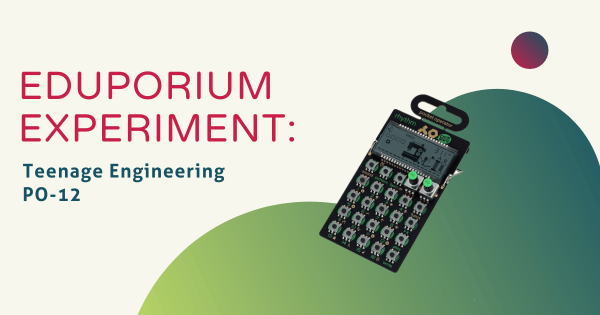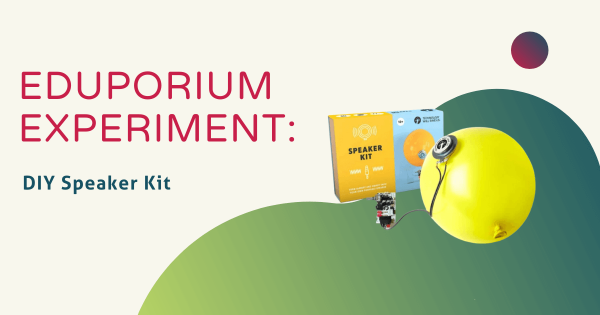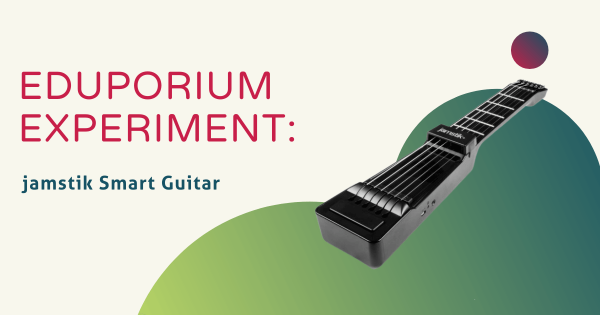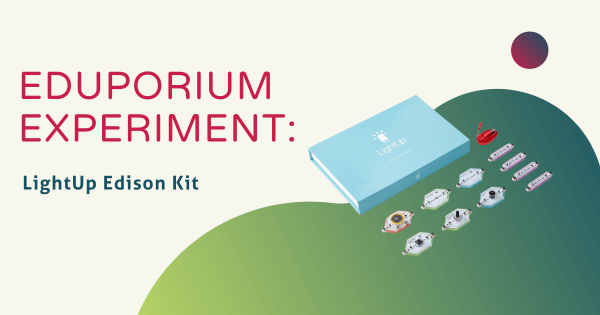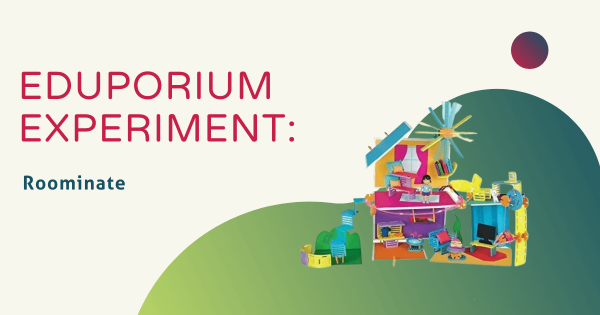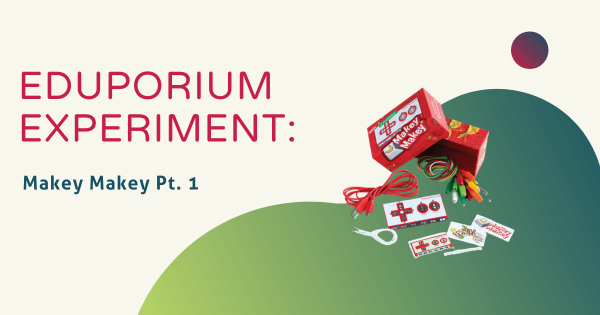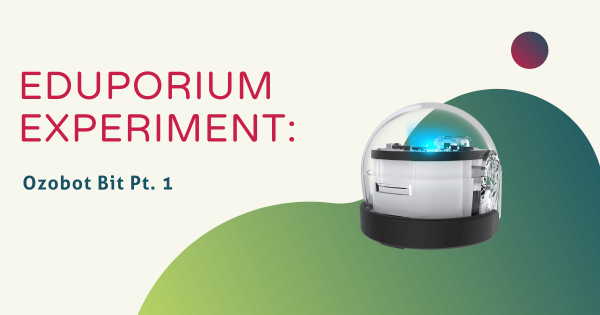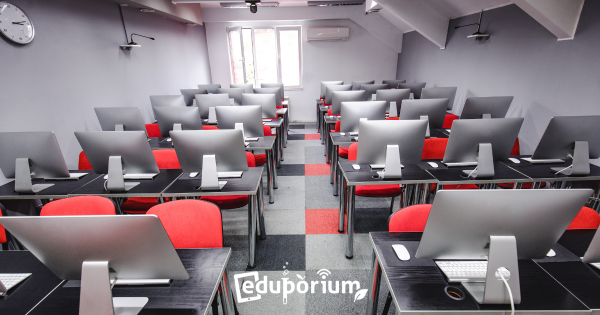With the DIY Electro Dough Kit from Technology Will Save Us, children can build craft projects, and add electric elements. Picture being able to shape and create whatever your imagination desires and then really bring it to life by incorporating simplistic, interactive circuits. The Electro Dough Kit helps kids will learn how to place LEDs and buzzers in the path of currents!
STEAM
A broadened area branching out from STEM education, STEAM typically refers more to the creative side of things. STEM stands for Science, Technology, Engineering, and Math, which also happen to encompass some of the most prominent careers today. If we add an 'A' to make it STEAM, however, now we're incorporating art as well. Though not super closely related to science and technology on the surface, the arts may seem to be a strange element to add into STEM learning. With more opportunities to be creative, however, students can develop many of the key skills they'd need for success in a STEM career. STEAM learning encompasses many different areas—from artistic projects or makerspace endeavors to creatively solving problems. As kids try new, hands-on experiences, they also have more chances to activate inquiry and curiosity. And, these are two key drivers of learning and discovery.
Essentially, moving from STEM to STEAM involves adding extra creativity and opportunities for artistic freedom and exploration. Oftentimes, children will leverage various technologies in STEM or MakerEd projects but they can do even more. Tapping into the STEAM side of things, this gives them a chance to learn how thought-provoking questions and unique design elements can also come into play during their problem-solving processes. Educators could still encourage students to question things and connect problems to solutions—albeit with a more artistic lens. In STEAM projects, children often get to incorporate personalized details that illustrate some of their passions. And, while this self-expression is also important, it's how they authenticate these projects to the next degree that's truly valuable. Browse our STEAM content below for more insights and check out our store for all the tools you'll need.
-
Eduporium Experiment | Teenage Engineering PO-12
The Pocket Operator (PO) comes pre-installed with a default beat, which kids can edit, change and add sounds to. That was great for me because I’m not exactly well-versed in the world of musical composition. Like many of today’s top EdTech tools, it was super easy to use the PO-12 and it really made the music creating process simple but innovative.
-
Eduporium Experiment | DIY Speaker Kit
It can be a little daunting when first opening this kit from Tech Will Save Us—at least, I know I felt that way, but it’s actually a lot simpler than it looks. Following the instructions in the box, I was able to learn how to solder and combine the materials to make a real working speaker. I have no real expertise when it comes to crafting, but still got it built.
-
Eduporium Experiment | jamstik Smart Guitar
Few modern EdTech tools can effortlessly mix a love for art with technological proficiency, but the Jamstik is able to do that and more! With its Bluetooth capabilities, the jamstik links with any iPad or iPhone and interactively teaches kids to play the guitar while enhancing their overall technological proficiency.
-
Eduporium Experiment | LightUp Edison Kit
Circuitry is all about connecting and closing circuits and the LightUp Edison Kit is the perfect way to teach the basis by combining learning with project-based fun. Using intuitive magnetic attachments, children can experience the fun of building circuits while simultaneously engrossing themselves in a real-life STEM lesson!
-
Eduporium Experiment | The Roominate Kits
There are few toys more iconic than the dollhouse. Almost every little girl has one and it’s easily always been one of the most popular products out there. Roominate is a dollhouse, but what sets it apart is its modern twist. Users can customize it however they want and learn a thing or two about circuitry in the process.
-
100 Girls of Code Group Explores Makey Makey
They couldn’t wait to get started and rushed to open the boxes we had received from Eduporium—an educator’s dream for one-stop shopping and the latest STEM classroom technology! We must say that some of the facilitators entered the Makey Makey activity with some trepidation, however, most were curious and excited to explore the possibilities!
-
Eduporium Experiment | Makey Makey Pt. 1
When I first saw the Makey Makey, I didn’t know quite what to expect. It’s supposed to be an extension of my computer’s keyboard and almost anything can be attached to it. I decided to give it a try and test out what this board could do. I followed the instructions in the box. It was daunting just looking at all these multicolored wires but it was really simple.
-
Eduporium Experiment | Ozobot Bit Pt. 1
As you might have guessed, I was surprised when I learned that its Ozoblockly software could actually command this tiny bot to execute a bunch of different actions on the spot—all the way from swerving to spinning and responding to color-coded cues! Learn how the original Ozobot model set the tone for coding instruction.
-
The New York City Mayor’s Plan To Better Lives Using EdTech
Mayor de Blasio stated that, in an effort to ensure that every child has the opportunity to develop skills needed not only to succeed in the workforce of the future, but even to enter and succeed within New York City’s rapidly growing technology sector, every school in the city will be required to offer computer science courses to students—regardless of their age.




